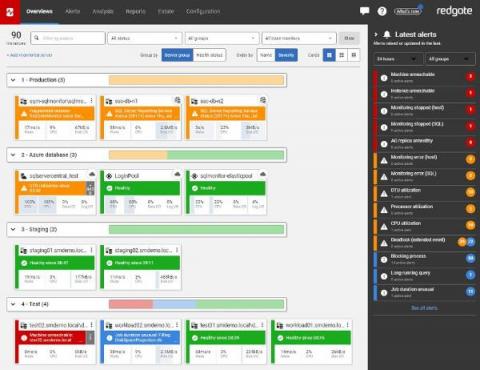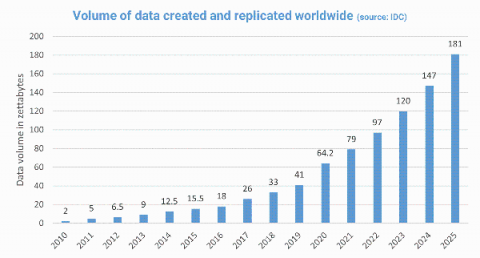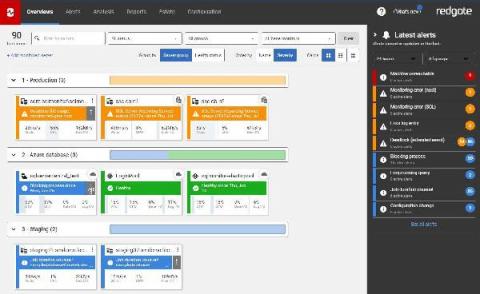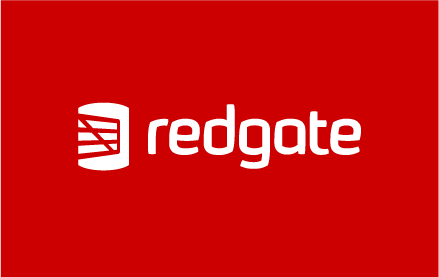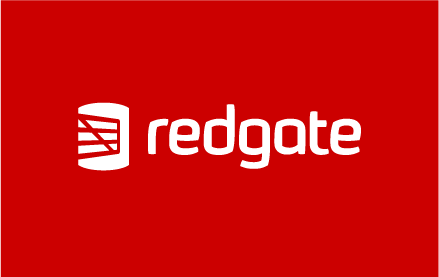5 things to look for in a third-party monitoring tool
A key finding from Redgate’s recent State of Database Monitoring Survey of over 2,500 IT professionals was that 79% of respondents reported using either a third-party or in-house monitoring tool. It’s notable because it’s an increase of 10 percentage points from the same survey last year – and the satisfaction rate with third-party monitoring tools also saw an increase of 18 percentage points to 86%.


